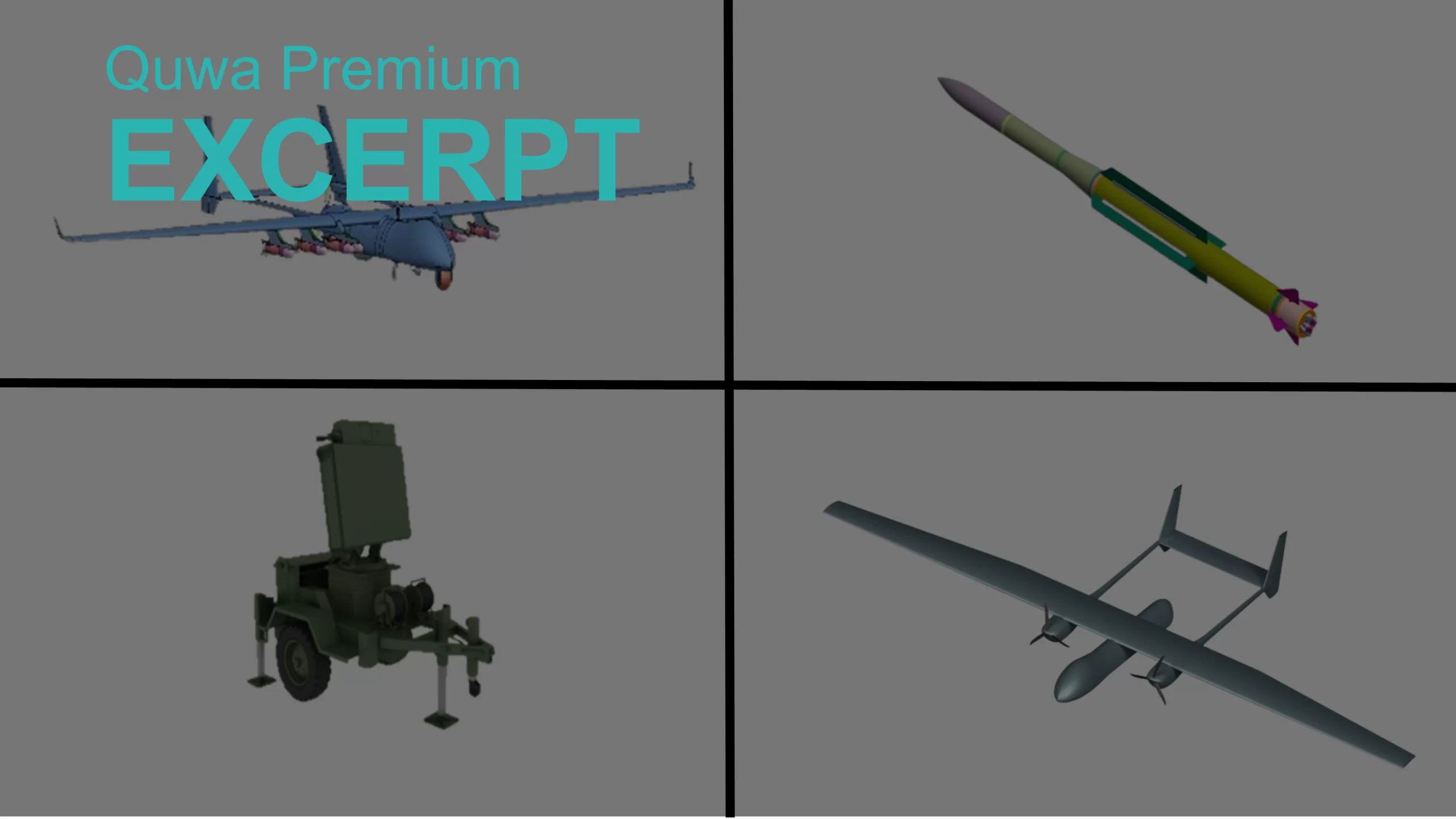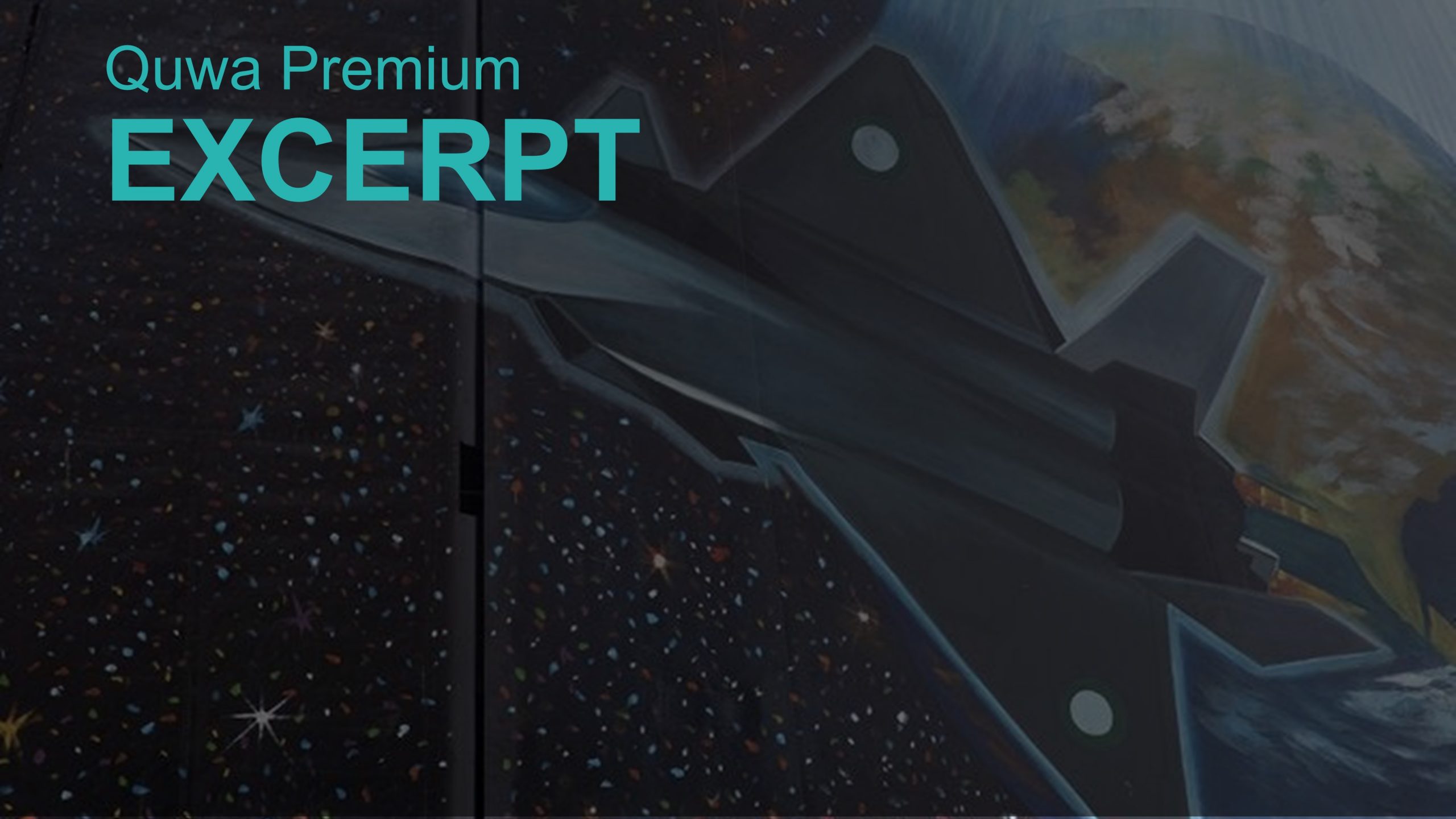9319Views
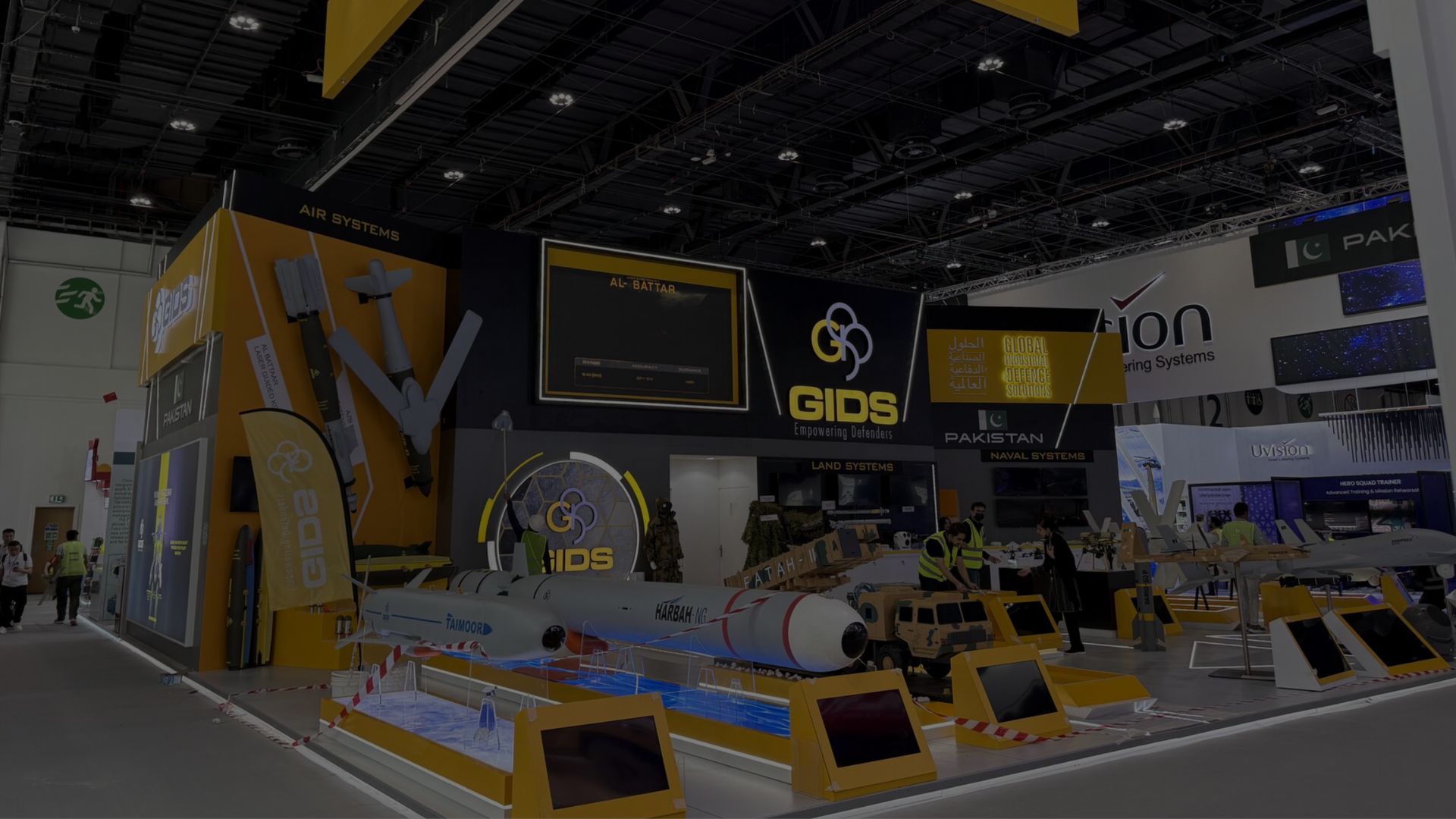
IDEX 2025 Recap: Pakistani Defence Industry Hones in on Competitive Strengths Quwa Premium
At the 2025 International Defence Exhibition (IDEX) in Abu Dhabi, Pakistan’s defense industry showcased its growing portfolio of smart munitions and drones, suggesting a stronger focus on addressing the asymmetrical warfare needs of other countries.
Speaking about the event, Defence Export Promotion Organisation Pakistan (DEPO) official, Wing Commander Sheikh Sohail bin Farid, said that Pakistan was seeking export opportunities as well as fruitful collaboration opportunities with international partners.
Key Showcases: Guided Munitions and Drones
Global Industrial & Defence Solutions (GIDS), a state-owned enterprise (SOE) that commercially represents many of Pakistan’s other defence SOEs, displayed the Fatah-series of guided rockets, Blaze family of loitering munitions, AZB-line of precision-guided bombs (PGB), and the Harbah NG anti-ship cruising missile (ASCM) as well as Taimur air-launched cruise missile (ALCM).
The Blaze-family was among the new loitering munitions shown at the 2024 International Defence Exhibition and Seminar (IDEAS 2024). It consists of three sub-variants: Blaze 25, Blaze 50, and the Blaze 75. The smallest subvariant, Blaze 25, weighs 25 kg and offers a range of 75 km. The larger Blaze 50 weighs 50 kg and can reach 100 km. Finally, the 75 kg Blaze 75 has a range of 500 km.
According to GIDS, each of the Blaze-series loitering munitions can operate autonomously, offering attack capabilities in dense electronic warfare (EW) environments.
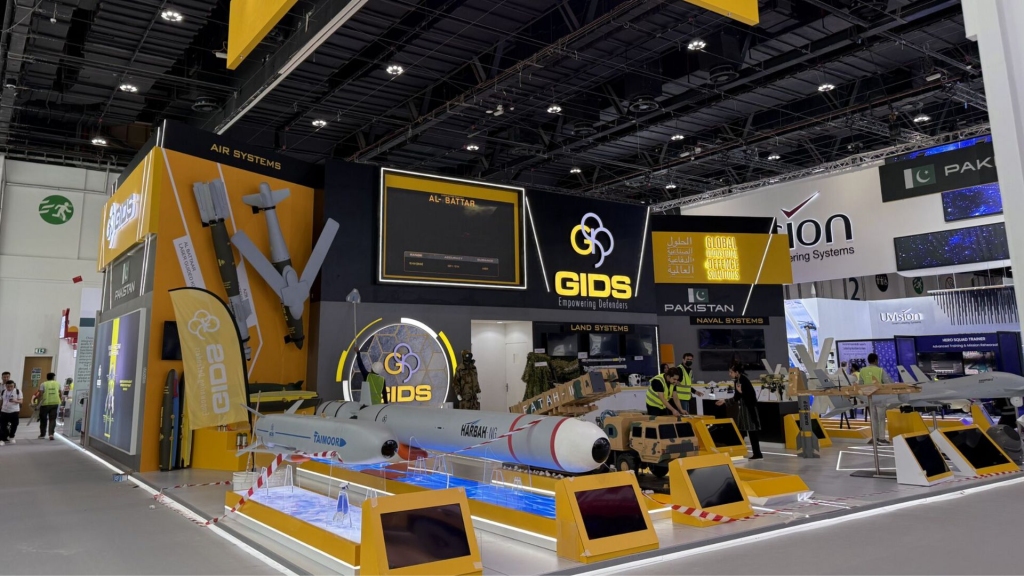
The Fatah is a family of surface-to-surface missiles (SSM) for guided multiple launch rocket systems (GMLRS). The Fatah I has a range of 140 km with an accuracy of within 15 m circular error probable (CEP). Meanwhile, the larger Fatah II can reach 290 km with an accuracy of within 50 m CEP; but it should be noted that the domestic Fatah II used by the Pakistan Army (PA) can reach 400 km.
The AZB is a range-extension kit (REK) that converts the Mk-80-series general purpose bombs (GPB) into long-range PGBs. It is similar in concept to the Joint Direct Attack Munition (JDAM). GIDS offers a number of AZB sub-variants, i.e., the AZB-82 (range: 60-100 km), AZB-83 (range: 60-100 km), and the AZB-84 (range: 90 km) for Mk.82, Mk.83, and Mk.84 GPBs, respectively.
The Harbah NG is an ASCM with a range of 280 km, and is currently in service with the Pakistan Navy (PN) onboard two of its Azmat-class fast attack crafts (FAC). The Taimur ALCM also provides a range of 280 km. It is a variant of the Ra’ad-family of ALCMs used by the Pakistan Air Force (PAF).
GIDS also promoted the Shahpar-2 Block-2 medium-altitude long-endurance (MALE) unmanned aerial vehicle (UAV). Weighing 1,075 kg, the Shahpar-2 Block-2 has a total payload of 180 kg divided across four hardpoints, line-of-sight range of 300 km, and beyond-line-of-sight range of 1,500 km.
A Focus on Niche Spaces?
One interesting aspect of Pakistan’s presence at IDEX 2025 was that it was led by GIDS, which largely promotes precision-guided munitions, subsystems, integration services, and drones.
In other words, it markets solutions and services tailored for narrow applications, whereas SOEs such as Heavy Industries Taxila (HIT) and Pakistan Aeronautical Complex (PAC) focus on large platforms, like armoured vehicles and combat aircraft, respectively.
Pakistan’s decision to prioritize asymmetric warfare solutions – such as loitering munitions, guided munitions, and electronic warfare (EW) – reflects an awareness of evolving trends and market gaps.
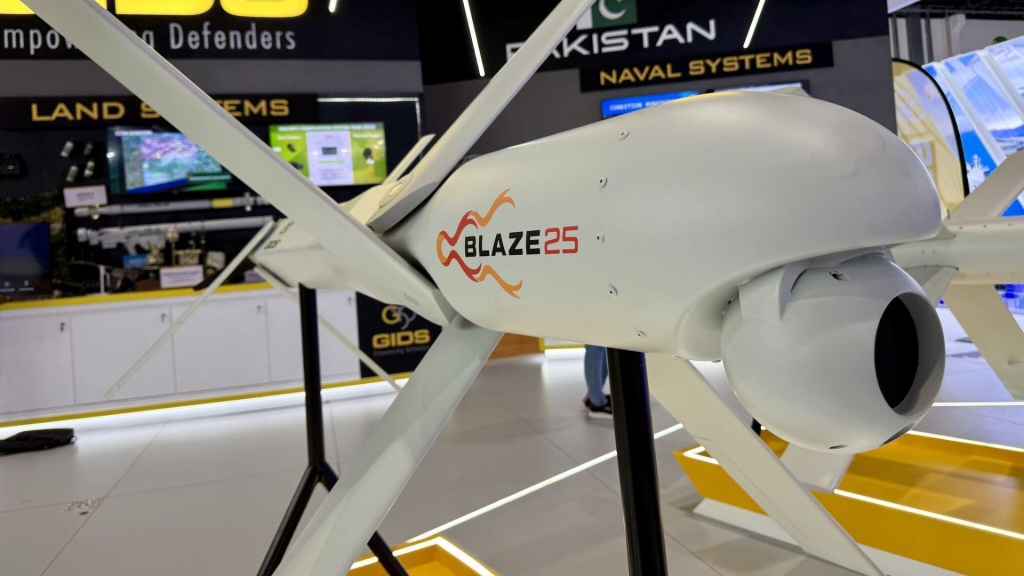
For newer entrants like GIDS, this focus offers a promising pathway to establish credibility in a sector where global demand is surging, competition is fragmented, and Western suppliers face regulatory and geopolitical constraints from their own governments. Moreover, Pakistan can potentially compete on cost, especially if domestically it sources critical inputs, like materials and propulsion.
Product cost and accessibility will be key. Currently, Western original equipment manufacturers (OEM) face regulators from their own governments and strict arms transfer rules. Moreover, their higher input costs, especially from labour and materials, lead to higher pricing. When it comes to products that are quantitatively demanding, like loitering munitions, relying on the West could be unsustainable for most militaries, including, ironically, some Western users as well.
Moreover, GIDS can also pair its technical solutions with the Pakistani military’s expertise in deploying drones and loitering munitions. It can package the weapon systems with simulators, access to PA and PAF facilities for training, and field advisors to help the end-user effectively deploy their weapons.
Interestingly, Pakistan is not alone in taking this approach as the United Arab Emirates’ (UAE) EDGE Group has a similar focus, and a burgeoning portfolio of smart munitions, drones, cybersecurity, space, and electronic warfare (EW) systems to show for it. Moreover, it is possible that Western OEMs may be partnering with EDGE Group as a platform to package and promote their solutions to markets they are unable to directly access due to regulatory constraints.
Complete or Collaborate
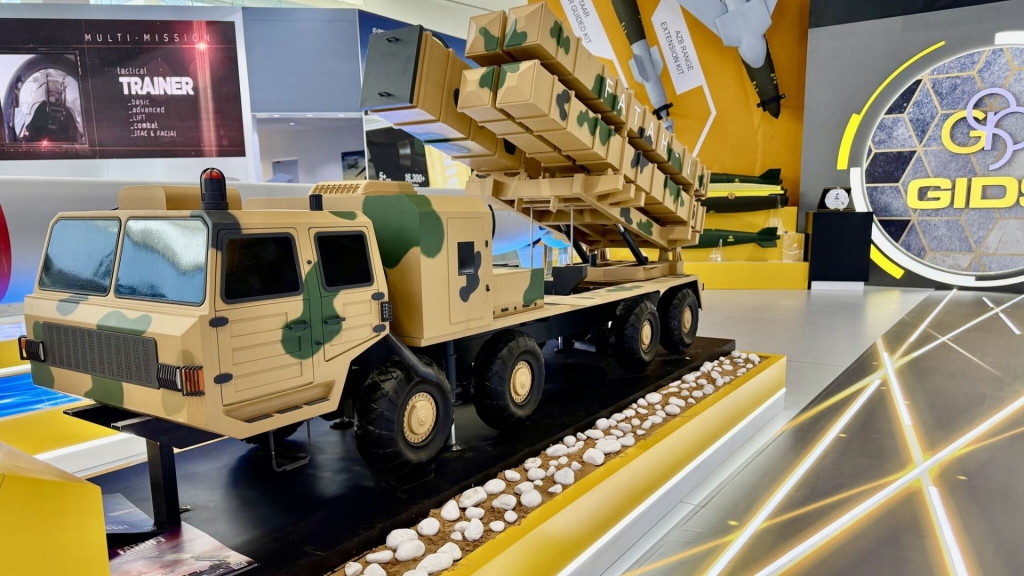
It will be interesting to see how GIDS – and Pakistan’s defence industry planners – approach the rise of new, and better financed, competitors in the Middle East. While direct competition with EDGE Group or others is an option, Pakistan may be better served through collaboration.
Pakistan’s SOEs are working on a growing portfolio of solutions, including next-generation munitions like the AZB-81LR, Rasoob 250, Fatah 3, and Fatah 4, among others.
These munitions programs are being developed by some of Pakistan’s established R&D bureaus, such as the National Engineering & Scientific Commission (NESCOM) and its branches, like Air Weapons Complex (AWC).
In other words, the capacity for R&D in Pakistan exists, and this infrastructure may provide the likes of EDGE Group and others a relatively low cost way to rapidly expand their development work. In return, Pakistan’s SOEs could gain access to cutting-edge technologies, approaches, and support from the UAE, which could feed into and advance Pakistani programs.
Likewise, Pakistani SOEs may potentially gain access to advanced testing and production facilities in the UAE that may otherwise be restricted or inaccessible to them elsewhere, especially as the UAE invests more in defence R&D.
The other area of potential collaboration could involve production in Pakistan. However, EDGE Group may be more interested in engaging the private sector for this task more so than SOEs. It will need a high level of transparency of finances and management, regulatory streamlining, and an operational say to justify any investment or partnership.
Thus, it would be interesting to see if Pakistan tries promoting its defence start-up space (via initiatives like National Aerospace Science & Technology Park or NASTP) or newly raised derivative companies of SOEs, like Stingray Technologies and Qaswa Industries, for foreign investment.
If the investment environment could be made to work, the UAE, Türkiye, and others could gain access to a low-cost production base for their weapon systems. Granted, the availability of skilled talent could be an issue in Pakistan, but it seems that the armed forces want to cultivate high-skill talent through a range of academic partnerships and initiatives like NASTP. Foreign investment could help create more private sector players to potentially absorb this talent and, in turn, leverage it to produce solutions.

